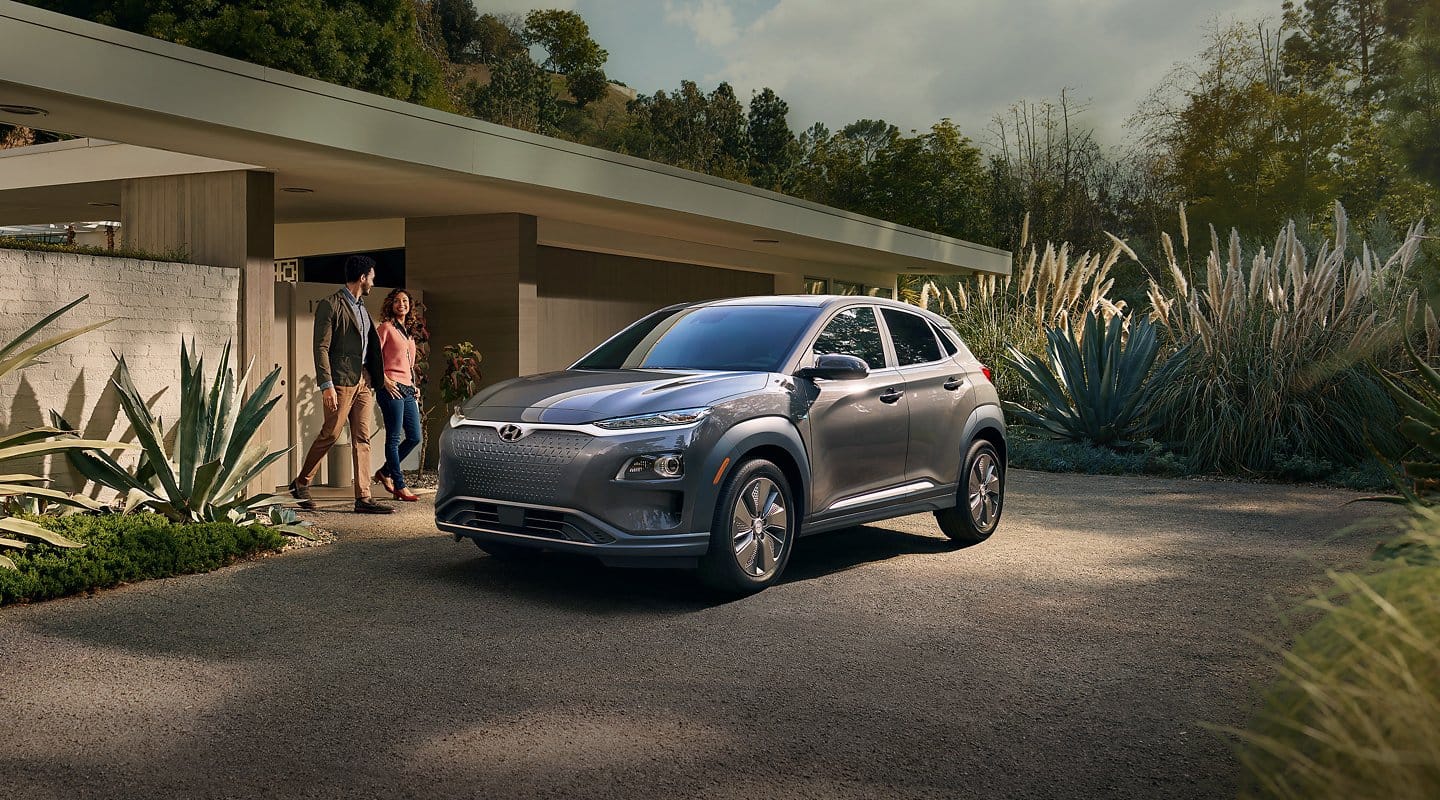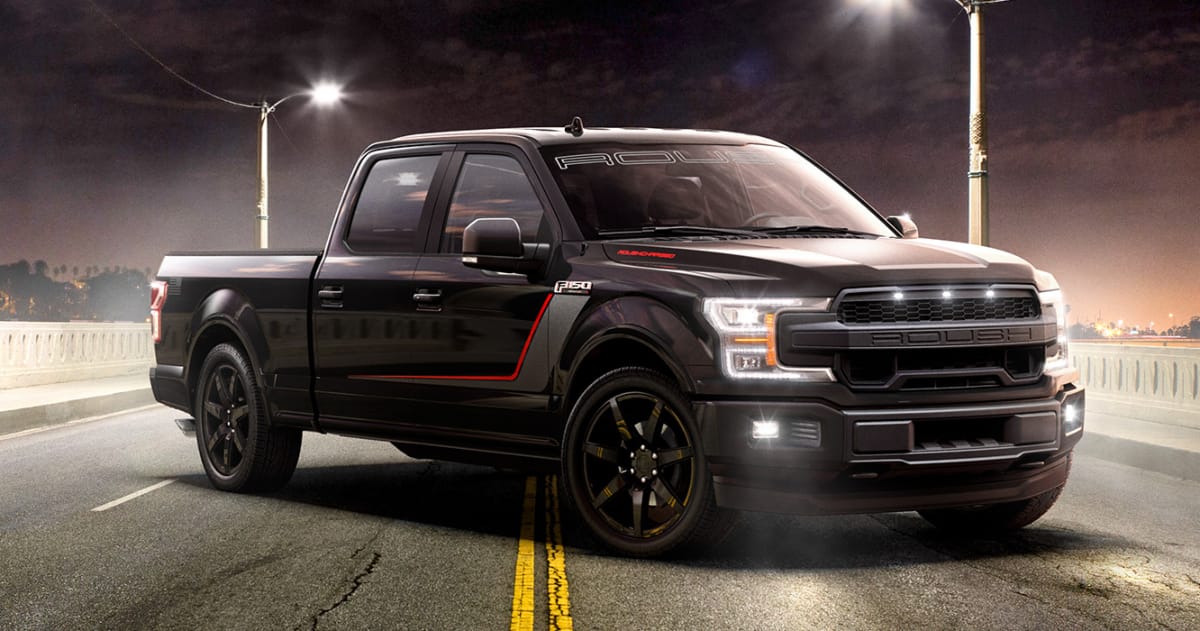
It’s important to protect yourself when driving around town, and defending your tires is a good start. Whether you’re intending to cut down on annual tire costs, replacement frequency or safety hazards, you should take note of your tire setup’s finer angles. Knowing how to select, buy and maintain tires effectively can keep your vehicle running for years. More importantly, it will reduce unnecessary repair shop visits.
Check out our “big five” tire tips below, and keep your car rides smooth, easygoing and safe.
Tire Tip #1: Check Tire Tread Depth Often
USA Today suggests checking your tire tread frequently. In doing so, you can ensure good traction on wet roads. Unfortunately, too many drivers neglect tire tread depth—exposing themselves to a slew of driving hazards. To check each tire’s tread depth, insert a quarter, upside down, into each tire’s groove. If you can see Washington’s head, USA Today proposes, you should consider buying new tires.
Tire Tip #2: Check Tire Pressure in the Morning
When it comes time to check your tire pressure, make sure you’re checking it in the morning when the pressures are cool and stabilized. Temperature greatly impacts tire pressure, and checking each tire’s pressure when it’s about 70 degrees outside will give you a proper estimate. Check your tire pressure monthly, too, because tires lose about one pound per every square inch of pressure per month.
Tire Tip #3: Know Your Mileage
Popular tire provider, Michelin, proposes a tire check-up based upon mileage. Tires that are consistently underinflated by 20 percent can last 20 percent less. So, if your tires are supposed to last 60,000 miles, they may wear down at 48,000 miles if not cared for properly. Remember: Your rear and front axles wear down tires at different rates. Regular rotating based upon mileage is important to balance the positions and prolong overall tire health.
Tire Tip #4: Aim for Complete Sets
When purchasing a new tire, consider buying a full set. As you drive, your tires will wear down. If you replace one tire, you’ll later need to replace three. A lot of tire providers offer full-set discounts, so you might be able to save more money by spending it early on.
Tire Tip #5: Fill Up Well Before You’re Flat
A tire can lose up to half its air pressure before it’s visibly flat. For this reason, it’s important to check your tire set’s pressure consistently. When doing so, make sure your tires are cool. If a tire needs air, you’ll know. Additionally, check your tire pressure before long trips. If you’re running a little low, fill up. Long road trips will heat up each tire’s air supply—causing it to expand slightly.
Don’t hesitate to ask your professional provider about tire options. Your provider cares about your safety, and options always exist to support a safety-conscious driver. Do you have any other tire tips? We’d love to hear from you.




